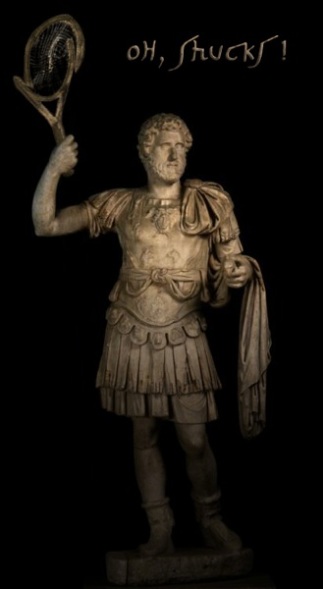Die sechste Stunde — Sommer 2015 / Summer 2015
Veröffentlichung im Sommer 2015 (unverb.: 15. August)
Coming in summer 2015 (tentative: 15 August)
German language only (for the moment)
ARNE EICKENBERG
Die sechste Stunde
Synopsen zum historischen Ursprung der Wunder und Naturkatastrophen in der Passion Christi
VERLAG LUDWIG
ISBN 978-3-86935-193-3
208 + XIII Seiten, 13 S/W-Abbildungen, 1 Tabelle
€24,90
Erhältlich in jedem Buchgeschäft sowie online.
Available in every online and real-world bookstore.

Image copyright: © 2015 Arne Eickenberg




